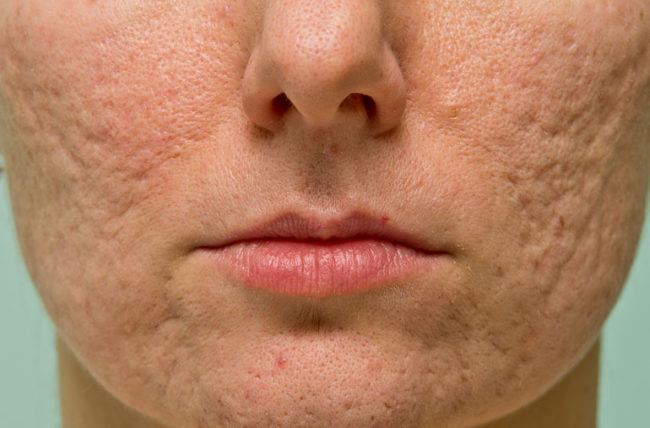Microdermabrasion is a popular cosmetic procedure that involves removing the outermost layer of dead skin cells to reveal smoother, brighter, and healthier-looking skin. It is often used as a treatment for acne because it can help unclog pores, reduce the appearance of acne scars, and improve overall skin texture.
Here are some of the ways microdermabrasion can help with acne:
- Unclogging pores: Microdermabrasion uses a diamond-tipped wand or a stream of fine crystals to exfoliate the skin. This helps remove the buildup of dead skin cells, oil, and debris that can clog pores and lead to acne breakouts.
- Reducing inflammation: Microdermabrasion can also help reduce inflammation associated with acne. The exfoliation process removes dead skin cells and stimulates the production of new, healthy skin cells, which can help reduce redness and inflammation.
- Improving skin texture: Microdermabrasion can help improve the texture and tone of the skin by smoothing out rough, uneven areas. This can help reduce the appearance of acne scars and make the skin look smoother and more even.
- Enhancing the absorption of topical acne treatments: Microdermabrasion can help enhance the absorption of topical acne treatments by removing the outer layer of dead skin cells that can block the penetration of active ingredients.
Overall, microdermabrasion can be an effective treatment for acne when used in combination with other therapies such as topical acne treatments and oral medications. It is important to consult with a dermatologist or skincare professional to determine the best treatment plan for your individual needs.

